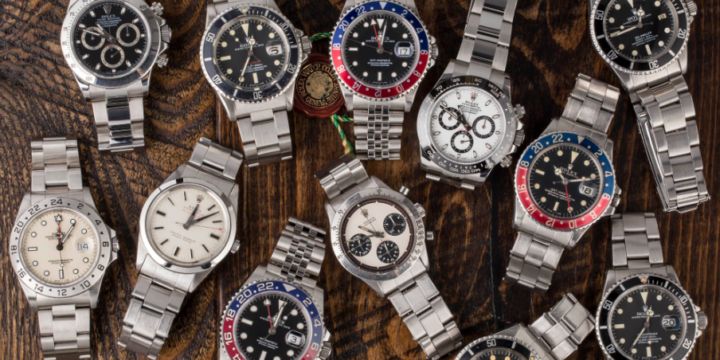
About the used fake watch market and consumer groups
The pre-owned watch market has seen a significant surge in recent years, attracting a diverse group of consumers with different interests and preferences. The purpose of this paper is to delve into the dynamics of the pre-owned watch market, explore the factors contributing to its growth, and analyze the characteristics of the relevant consumer segments. By understanding the motivations, preferences and behaviors of consumers, we can gain valuable insights into this booming market. The Growing Pre-Owned Watch Market: The pre-owned watch market has experienced significant growth due to several factors. One of the key drivers is the growing affordability and value proposition that pre-owned watches offer. Luxury replica watches are often associated with an expensive price tag, making them inaccessible to many consumers. However, the pre-owned watch market provides an opportunity for individuals to own prestigious brands at more affordable prices, making these timepieces accessible to a wider range of consumers. Consumer Segmentation in the Pre-Owned Watch Market: The consumer segment of the used watch market can be segmented based on various factors. Demographically, age, gender, income, and geographic location play an important role in shaping consumer preferences. For example, younger buyers may prefer modern styles and contemporary brands, while older buyers may prefer vintage or classic watches. In addition, factors such as income level and geographic location can influence the accessibility and availability of certain watch models. Psychological factors also play a crucial role in consumer segmentation. Motivations, interests and lifestyle preferences greatly influence purchase decisions. Some consumers may view watches as status symbols and seek brands that reflect their personal achievements and aspirations. Others may be driven by a love of watches and focus on the technical aspects and craftsmanship of a watch. Lifestyle choices, such as preferences for sports or formal occasions, may also shape consumer preferences for watch style and function. Behavioral factors further contribute to the segmentation of consumer groups. Purchase patterns, brand loyalty and preferred purchase channels vary from person to person. Some consumers may be avid collectors, constantly seeking new watches for their collections, while others may be first-time buyers exploring the pre-owned watch market for a specific timepiece. Brand loyalty, influenced by factors such as reputation, heritage and quality, can affect consumer choice in terms of make and model. In addition, the choice of purchase channel, such as online platforms, brick-and-mortar stores or auctions, can vary depending on consumer preference and convenience. Factors influencing consumer decision making: Several factors influence consumer decision making in the pre-owned watch market. Affordability and value for money are important considerations. Consumers are often attracted to the idea of getting a high quality fake watch at a lower cost compared to a new watch. The perceived value of a pre-owned watch, in terms of its condition, authenticity and brand reputation, plays a key role in the purchase decision. Consumers also consider the rarity and collectability of certain watches, recognizing that unique models or limited editions may appreciate in value over time, making them attractive for both personal enjoyment and potential investment. The intrinsic appeal of vintage watches further enhances the appeal of pre-owned watches. Vintage watches offer a sense of history and heritage with their unique design and story. The patina and features that have developed over time add to their appeal, creating a sense of character and nostalgia. In addition, the sustainability and environmental consciousness of buying pre-owned watches aligns with the values of many consumers who prioritize reducing waste and minimizing their ecological footprint. The used watch market continues to thrive, driven by the evolving preferences and motivations of a diverse group of consumers. Affordability, value for money, vintage watch appeal, rarity, collectability and sustainability.